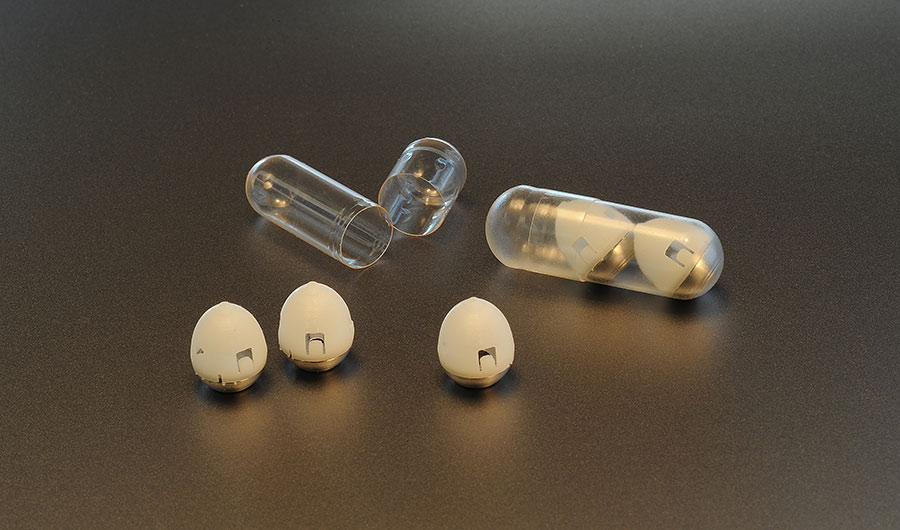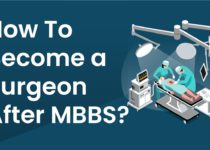Devices As Drugs
The Union Department of Health recently announced that eight more categories of medical devices, including all types of implantable devices, will be designated as medicines. MRI equipment, PET, bone marrow separator, dialysis equipment, CT scan, defibrillator. The case will come into effect again in April 2020. To clarify the background of the regulation of medical devices in India, the rules are very limited, and during the bid to govern medical devices, the Government of India announced in February 2017 under Pharmaceuticals and Cosmetics. The law notified the new Medical Device Regulation 2017 by exercising authority.

Pharmaceutical Product
For a medical device to be regulated under the 2017 Medical Device Regulations, the medical device must be reported as a “pharmaceutical product” by the Central Pharmaceutical Standards Authority (CDSCO) under law. Initially, only 15 types of medical devices were approved under the law, and as a result, they were subject to medical device regulations. Therefore, classifying these medical devices as medicines is more of a legal form than a government effort to manage these medical devices along the medical path.
Electromechanical unit
It further emphasises that ensuring that the devices available on the market meet certain quality standards is a positive step taken by the government. These devices play an important role in diagnosing, treating, mitigating, or preventing a patient’s illness or disorder, and poor quality can compromise patient safety.
Experts inform that the medical devices segment may be a vital cogwheel of the healthcare sector and its unique functionality. They contend that these devices can’t be treated as equivalent to a drug. Usage of medicine and equipment is different; medical devices and pharmaceuticals vary in their development, evolution, manufacturing, method of delivery, and impact on patients. Calling a medical device a drug complicates the approval and regulation of its use.
India imports a significant portion of medical devices. Synchronisation is used on these devices according to international standards or instructions. They cannot be under the same umbrella. Regulation of medical devices under the Pharmaceuticals and Cosmetics Act with specified interventions will help address various challenges, as the law does not provide the necessary provisions to regulate and monitor all medical devices. Highlighting those medical devices and medicines are two core elements of health treatment, yet the 2 are different in application and performance.
The two sectors can’t be treated together. CDSCO recognized this distinctiveness of medical devices and has accompanied Medical Device Rules 2017, specifically for this sector. These regulations will surely help the development of quality management systems within the country because these regulations lay the custom-made regulatory foundation for medical devices required.
Keeping the historical development of medical devices regulation in mind, CDSCO has the utmost expertise in this area because since 2005; it’s been the organisation regulating medical devices. Promising to duplicate this expertise with other entities is a daunting task and can lead to duplication. MTaI opposes the idea of having its own standards body. The purpose of having another institution for India-specific standards should also be considered. The key core guidelines implemented by CDSCO and ensuring industry compliance are standards that provide a clear confirmation of whether a product is safe and effective for patients.
Manufacturing Process
From the manufacturer’s point of view, Baid will ensure that all stakeholders have access to high-quality medical devices by including high-end medical devices and everything portable under Medical Device Regulation 2017. Manufacturers got to get multi-ministerial approvals within the initial stage, followed by the commitment to take care of the equipment’s running as per specification over a decade which involves import of several parts/replacement of a critical portion kit. There’s an urgent need to review the wants of high-end medical devices concerning maintenance, testing, stock, and sale.
Medical devices are nowadays a pervasive part of contemporary medical aid. Quality assurance programs got to be conversant in infrequent problems with medical devices and ways to approach them. Many medical devices aren’t yet regulated and are available within the market with no certification or regulatory control. The Medical Devices Association also shares that the key promotion needed for the industry to function efficiently is to promote the avoidance of multiple monitoring agencies.
Industry
Ten institutions manage the medical device industry in many ways. Medical device regulations are the government’s first coherent and comprehensive step towards medical devices. Following repeated positive government moves, regulated medical devices play an important role in diagnosing, treating, mitigating, and preventing patients’ illnesses and disorders, and poor quality can adversely affect patient safety. I have. For example, a regulated digital thermometer ensures that only high-quality products that provide the correct readings are available on the market. Wrong readings may result in an adverse impact on a patient.
Sanitising the world was important. We must not overregulate and sterilise it. Meanwhile, public health advocates inform that the new regulations will increase transparency. Still, with one year for implementation, we’d like to attend and watch the outcomes of the new regulations and their impact on the medical device manufacturers and device companies functioning in India.
FAQs
- Difference between device and drug
A device is an electromechanical unit. The drug is a chemical or biological entity. It was a common mistake to list the drug as a device in early 2005. However, tons have been wiped out a couple of years to correct this error.
- What is a drug/device combination?
Combination products are therapeutic and diagnostic items that combine medications, devices, and/or biological products, resulting in safer and more effective therapies through drug targeting, local administration, and individualised therapy.
- What does the FDA consider a device?
Intended for use in the diagnosis of disease or other conditions, or in the cure, mitigation, treatment, or prevention of disease in man or other animals, or in the modification of the structure or function of the body of man or other animals, and which does not achieve its primary intended purposes through chemical action within or on the body of man or other animals, and which is not detoxified for the achievement of any of its primary intended purposes.


